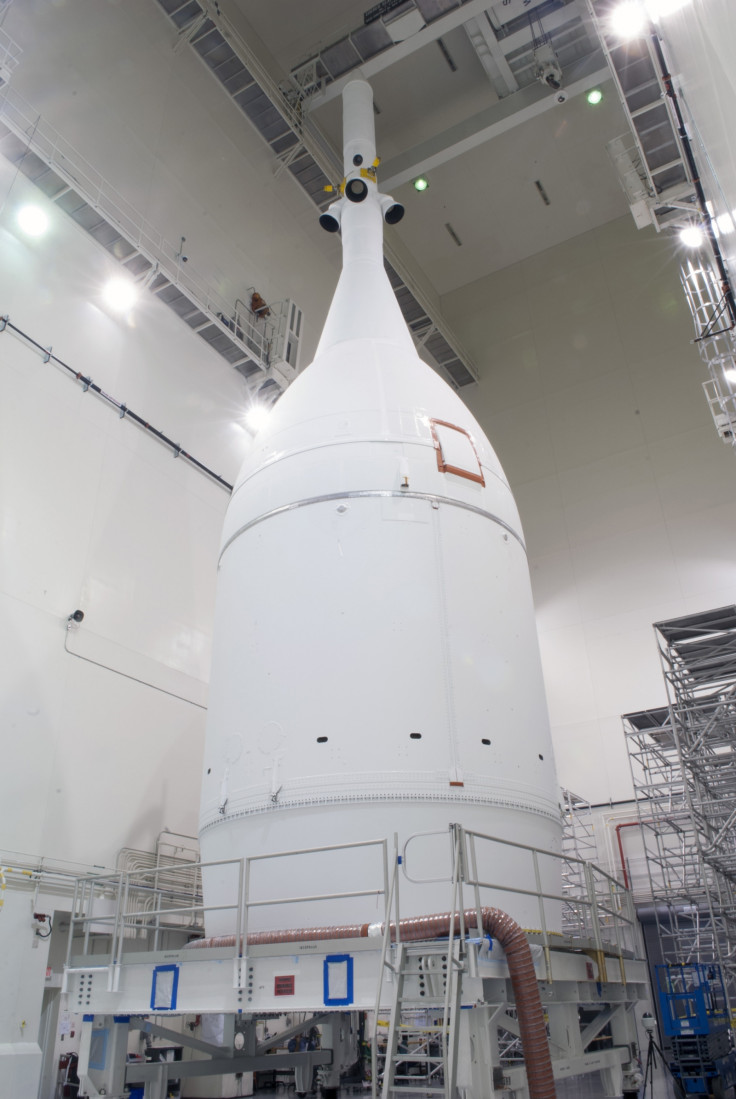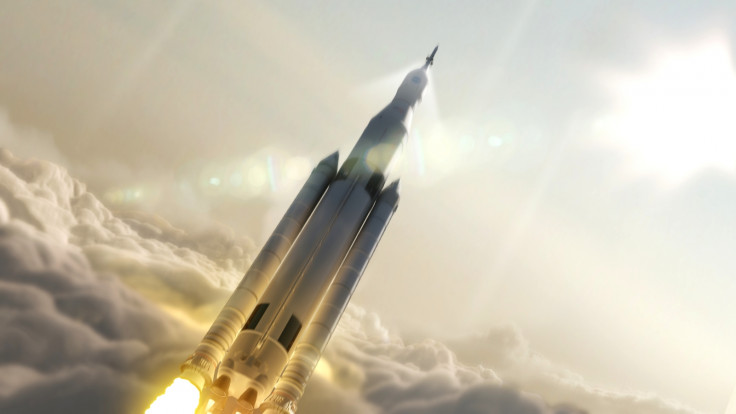Nasa Orion spacecraft test flight: Where to watch launch live online
UPDATE: Launch was been delayed because of stray boat and technical issue. Now awaiting winds to drop.
Nasa is set to launch its Orion spacecraft from Cape Canaveral Air Force Station at 12.05pm GMT and a live stream of the event can be viewed right here.
The spacecraft is built to take humans to Mars and the test flight will evaluate the launch and high speed re-entry systems, such as the parachutes and heat shield.
Once tested, Orion will serve the exploration vehicle to take astronauts further than we have ever been before – it is expected to be used for future manned missions to Mars.
Because it is Orion's first outing, it will be an unmanned flight. "This is huge; Thursday is a giant day for us," Nasa administrator Charlie Bolden told the BBC.

Nasa announced the test flight would go ahead earlier this week, with experts announcing weather conditions had improved to give a 70% chance of acceptable conditions: "The forecast says drier conditions are expected and the chance of coastal showers has diminished during the 2-hour, 39-minute launch window. The primary rules concerns remain flight through precipitation and high winds."
The Mobile Service Tower at the Space Launch Complex has been moved away from the launch stand and pointed skywards ready for the launch.
"Weather forecasts continue to call for favourable conditions at launch time and there are no technical concerns reported tonight. Lift-off of Orion's first flight test is scheduled for 7:0 am EST, the opening of a two hour, 39-minute window."

Orion is expected to make history by taking crews further than any other spacecraft has done before.
The flight will consist of a four-hour flight that will test many of the spacecraft's most critical safety systems. It will fly 3,600 miles above Earth – a distance far enough to encounter the high radiation zones that circle the planet and measure the effects of this on the inside of Orion.
"On its way back home, Orion's heat shield will bear the brunt of scorching plasma as the spacecraft dives into the atmosphere at 20,000mph before slowing for splashdown."
© Copyright IBTimes 2025. All rights reserved.






















